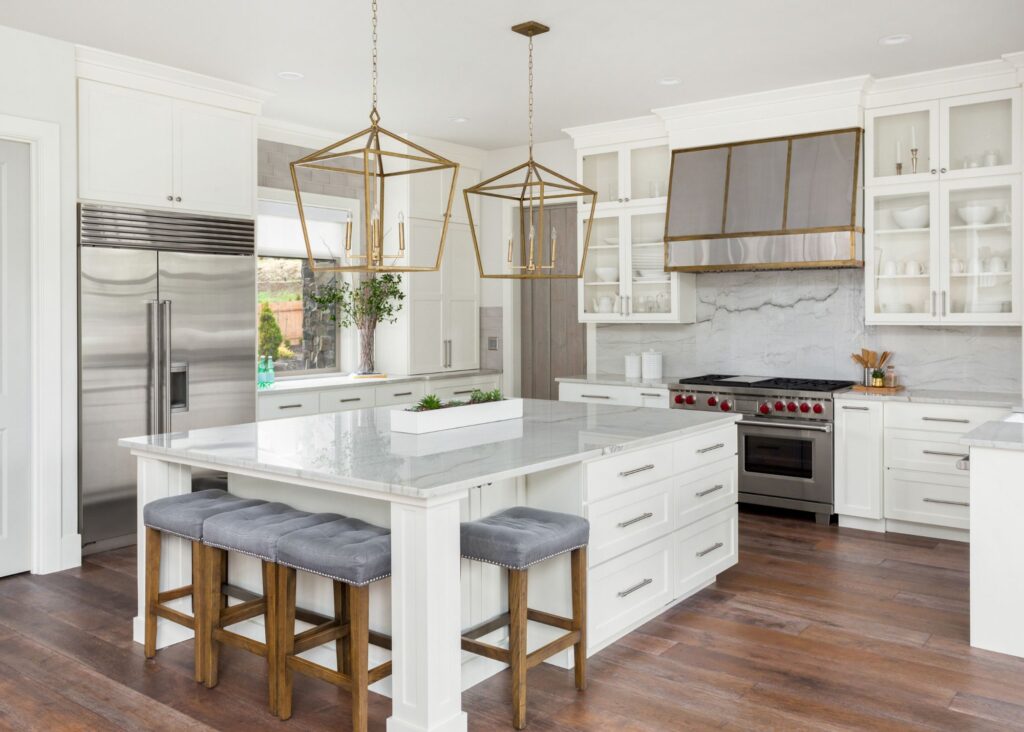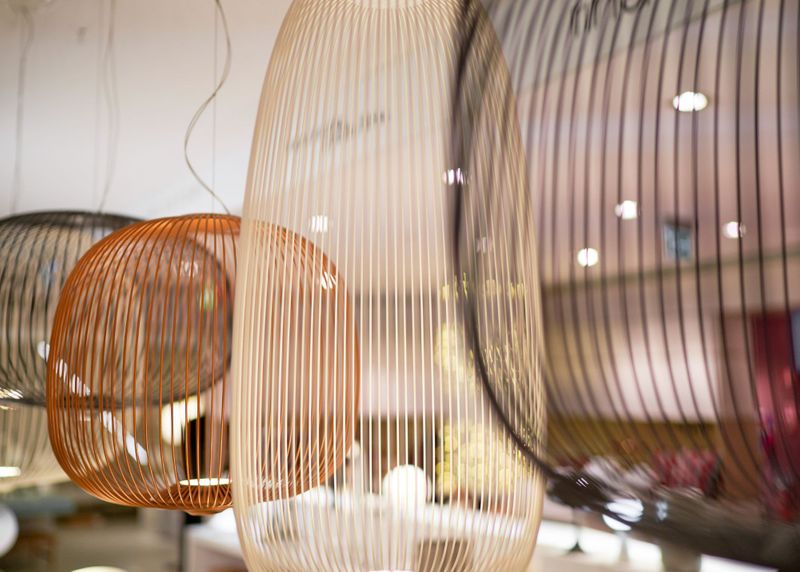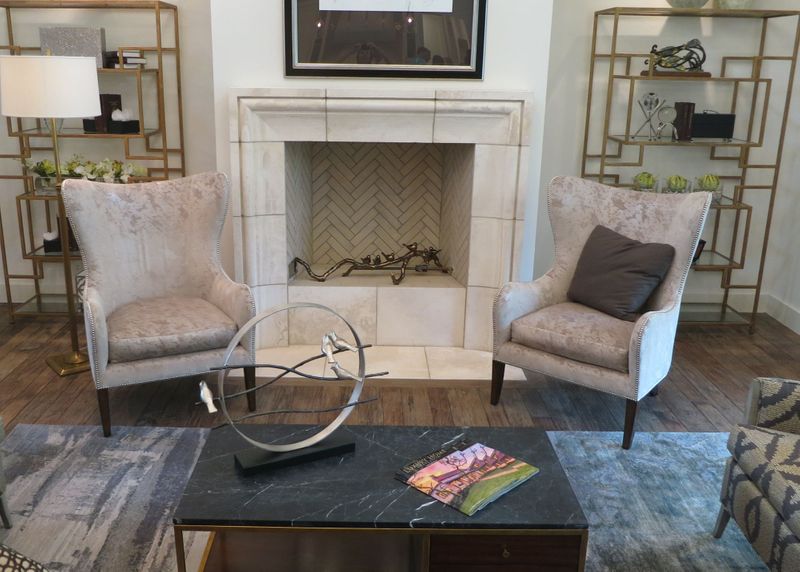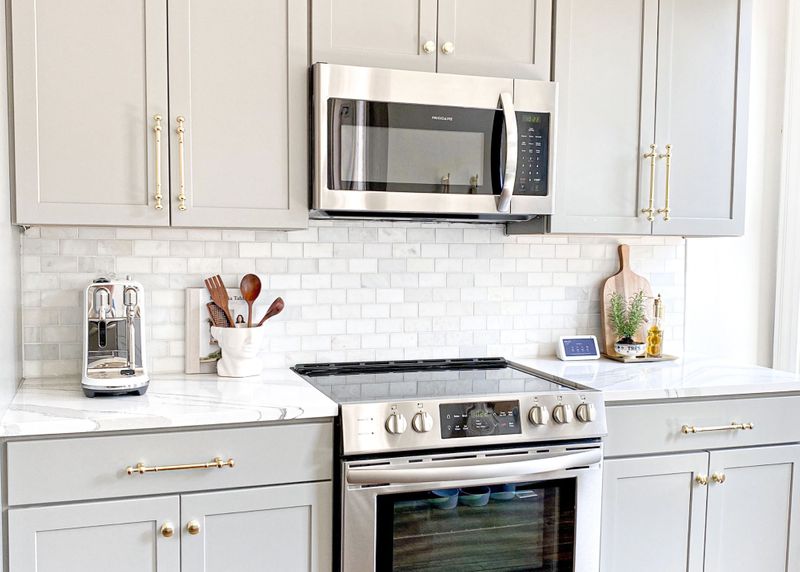Mixing metal finishes in an interior design project can create a visually appealing and dynamic look. However, it’s important to follow some best practices to achieve a harmonious and intentional design.
Here’s how to do it effectively:
Choose a Dominant Metal Color: Start by selecting one metal finish as the dominant one. This will be the primary metal used for larger elements like cabinet hardware, light fixtures, or appliances. This creates a cohesive foundation for your design.
Limit the Number: While mixing metal finishes can add depth, it’s best to limit the number of finishes to two or three to prevent the design from becoming too chaotic. More than that might create a cluttered appearance.
Consider the Undertones: Metals often have “temperature” tones (cool, warm, or neutral). Try to choose finishes with similar undertones for a more harmonious blend. If you opt for warm gold, consider pairing it with copper or brass, which also have warm tones. With that being said, if you know how to do it effectively, it is acceptable to mix your cold and warm metals, like nickel and brass. According to Kathy Kuo, Interior Designer, the overall look will come off as a rich pop of color and texture when gold or brass is placed with cool metals like silver and chrome.

Create Contrast: Mixing metals works particularly well when you create intentional contrast. For instance, pairing matte black hardware with polished chrome appliances can make both elements stand out and add visual interest.
Use a Bridge Metal: If you’re mixing two metals that are quite distinct, consider using a “bridge metal” that shares characteristics with both. Stainless steel can serve as a bridge between warm and cool metals.

Balance Proportions: Balance is crucial. Consider the proportions of each metal. The dominant metal should comprise a larger percentage of the design, with secondary metals used more sparingly for accents.
Coordinate with Surroundings: Take into account the existing colors and finishes in the space. Your mixed metals should complement the overall color palette and design theme.
Maintain Consistency: Be consistent in how you distribute the mixed metals throughout the space. Don’t place one metal finish predominantly in one area and another in a different area without any rhyme or reason.
Think About Style: Different metal finishes can evoke various design styles. For instance, polished chrome might be associated with modern aesthetics, while aged bronze might lean more toward rustic or vintage looks. Consider the style you’re aiming for.
Test Before Committing: Before making a final decision, try out the metal finishes together in the space. Create a mock-up or gather samples to see how they interact with each other and the lighting in your room.

What to Avoid:
Overwhelm: Avoid using too many metal finishes, as it can overwhelm the design.
Clashing Undertones: Avoid pairing metals with clashing undertones, as this can create an awkward clash in the design. I would also suggest never mixing oiled bronze and matte black in the same space.
Random Placement: Avoid placing metal finishes without a strategic plan. Always repeat an element to create an intentional mix.
Ignoring Cohesion: Don’t forget to consider how your mixed metal finishes connect with the overall design of the room.

In essence, mixing metal finishes can add depth and character to your interior design project, but it’s crucial to do so thoughtfully.
By following these best practices and avoiding common pitfalls, you can create a cohesive and visually pleasing design that showcases your keen eye for detail.





